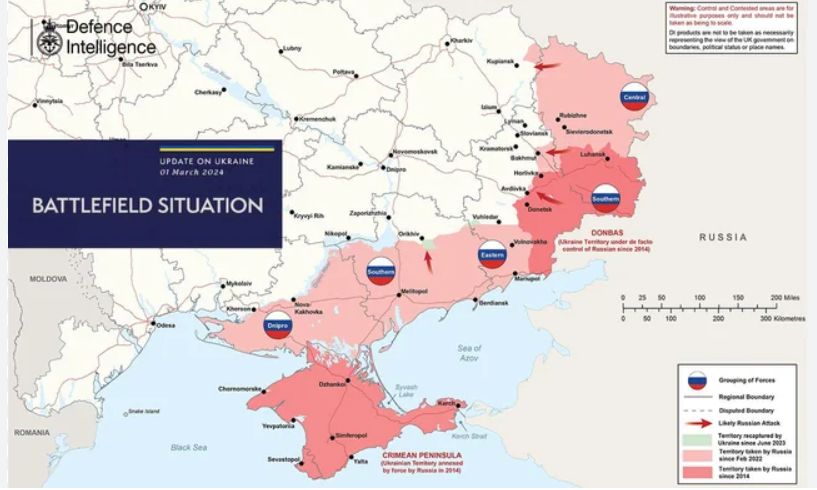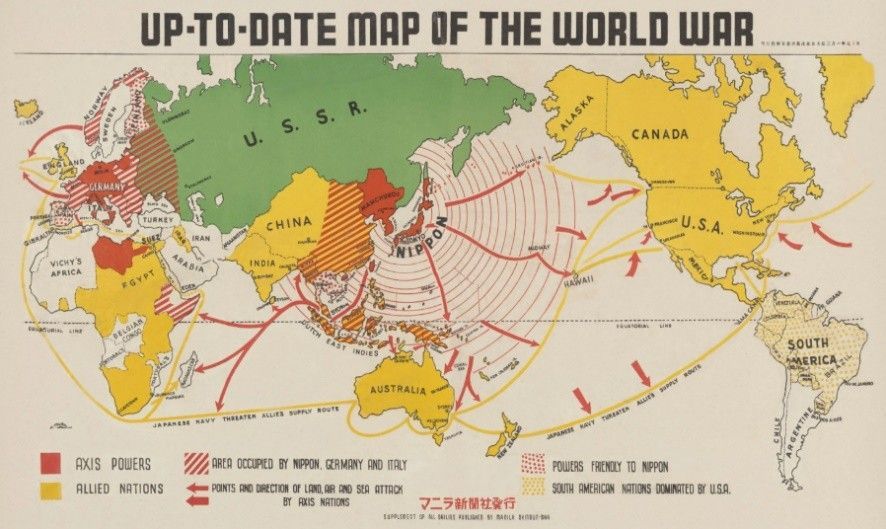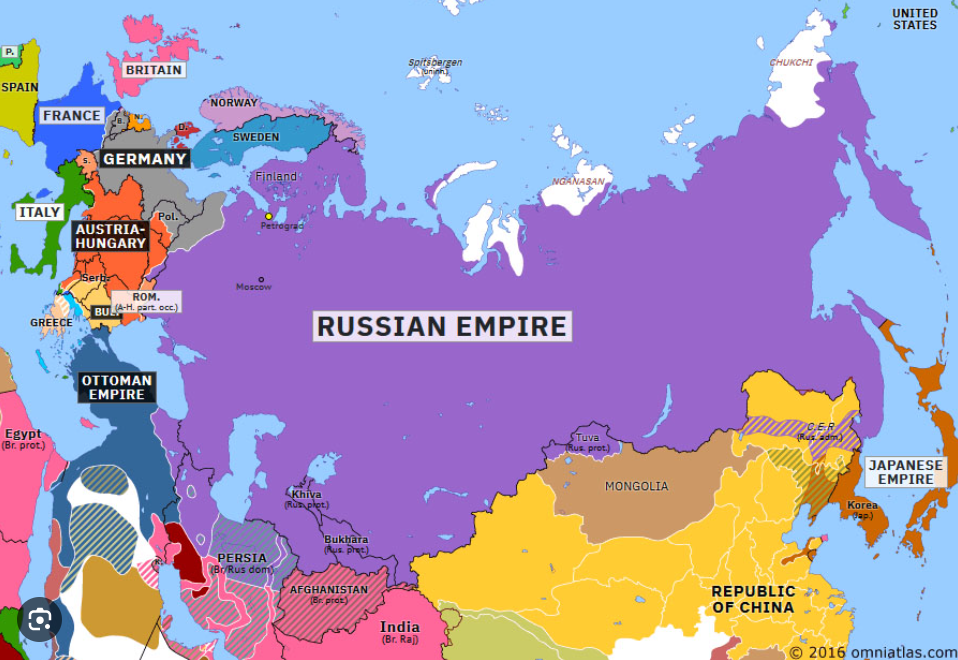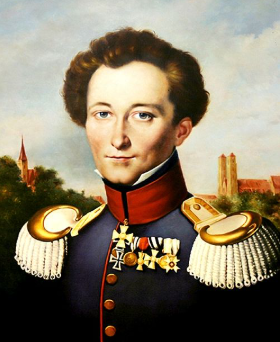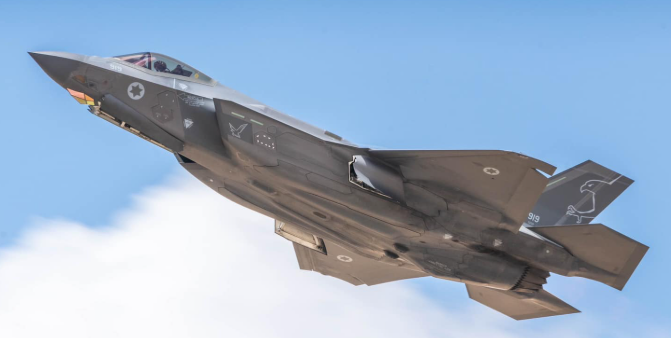ARTICLES
Follow Us
Be the first to know
The Myth of the Red Army and Russia: How Global Support and Asian Troops Shaped Soviet Victory
By:
Arman M Nazari
President,
Global Technical Resources | Aerospace & Defense SME
Introduction
This article is written to address a growing historical and geopolitical confusion. Many observers today are puzzled by the stark contrast between the Red Army’s dramatic victory over Nazi Germany during World War II and the sluggish, grinding performance of modern Russian forces in Ukraine. If the Soviet Union was able to defeat one of the most powerful war machines in history and capture Berlin in under five years, why has Russia been unable to seize more than a fraction of Ukraine in over two years?
The purpose of this article is to dismantle the myth of Soviet military self-sufficiency and to highlight the vast, multinational foundations, that underpinned the Red Army's success. This includes critical supplies from the United States and Britain, millions of non-Russian conscripts, multiple fronts, and coordinated Allied bombardment.
It also aims to contrast the composition of 20th-century military powers. France, Britain, and Italy relied heavily on colonial troops from Africa, Asia, and the Middle East to project power in Europe and beyond. In contrast, the United States, Germany, and Japan fought their wars almost entirely with domestic forces or regional allies, making Soviet and Western reliance on global manpower a crucial dimension often overlooked in traditional accounts.
German Blitzkrieg and the Myth of Invincibility
On June 22, 1941, Germany launched Operation Barbarossa, the largest land invasion in history, with over 3.2 million Axis troops supported by 3,350 tanks and 2,770 aircraft across a 1,800-mile front from the Baltic to the Black Sea. Within the first two months, German Army Groups North, Center, and South advanced 600 kilometers into Soviet territory. By September 1941, they had encircled and destroyed over 100 Soviet divisions. The Wehrmacht captured Kyiv, Smolensk, and most of Ukraine, causing massive collapses in Soviet defensive lines.
Soviet losses were catastrophic: by December 1941, over 3.8 million Red Army troops had been killed, wounded, or captured. During the encirclement of Kyiv alone, over 600,000 Soviet troops were taken prisoner. By comparison, German losses for the same period were approximately 250,000. Soviet forces lost over 21,000 tanks and 10,000 aircraft in the first six months alone, more than half of their prewar arsenal.
The frontlines rapidly advanced to the gates of Moscow, with German spearheads reaching within 20 miles of the Soviet capital by early December. The rapid and overwhelming scale of the German advance created the myth of Nazi invincibility and cast severe doubts over the Soviet Union's ability to survive. It was only after the harsh Russian winter, logistical overextension, and a Soviet counteroffensive that the German drive was halted.
This devastating initial phase underscores the myth of a self-sufficient Soviet war machine. Without outside aid and time to regroup, the USSR would have been knocked out of the war in 1941–42.
The Iranian Corridor: The Southern Lifeline
In August 1941, Britain and the USSR invaded Iran to secure the Persian Corridor. Only after this occupation did Allied Lend-Lease supplies begin flowing over 4 million tons of material, trucks, fuel, food, aircraft parts, sustaining Soviet resistance and enabling later victories.
Asian Nationalities and Soviet Strength
Nearly 2 million soldiers from the Soviet Union’s Asian republics served in the Red Army.
These included entire divisions such as:
- 112th Bashkir Cavalry Division (Bashkirs, Tatars)
- 316th Rifle Division (Kazakhstan, Kyrgyzstan)
- 100th and 101st Rifle Brigades (Uzbek SSR)
- 76th Mountain Rifle Division (Armenians, Georgians)
- 89th Taman Rifle Division (Armenians)
- 90th Rifle Division (Azerbaijanis)
- 97th Rifle Division (Turkmen SSR)
- 98th Rifle Division (Tajiks, Uzbeks)
These troops served at Stalingrad, Kursk, and the Berlin offensive. Many faced disproportionately high casualty rates due to language barriers, lack of training, or deployment to high-risk frontlines.
Non-Russian ethnic groups, including those from Central Asia, the Caucasus, Ukraine, Belarus, and the Baltics, accounted for approximately 50% of total Red Army personnel by the final years of the war. This remarkable diversity highlighted the multiethnic composition of the Soviet military machine, which drew heavily from its vast imperial territories to replace its staggering early-war losses. However, it also introduced logistical, linguistic, and cultural complexities that made coordination on the frontlines more difficult and sometimes placed non-
Russian units at greater operational risk.
European Nationalities and Soviet Strength
Beyond its Asian republics, the USSR relied heavily on conscripts from Ukraine, Belarus, Moldova, and the Baltic States. Ukrainian soldiers formed one of the largest national contingents in the Red Army, an estimated 6.5 million Ukrainians served during WWII, with over 1.3 million killed in action. Ukrainian-majority units included the 1st Ukrainian Front, which liberated Kyiv, pushed into Poland, and participated in the capture of Berlin.
Belarus contributed over 1.2 million soldiers, many of whom fought in partisan units and regular formations. Belarusians played key roles in Operation Bagration, which liberated Belarus from German occupation in mid-1944 and delivered one of the most decisive Soviet victories.
Moldovans, Lithuanians, Latvians, and Estonians also served in various Soviet divisions, though often under coercion or conscription. In some cases, nationalist resistance or prior German occupation complicated local loyalties. Nonetheless, tens of thousands from these regions fought and died under Soviet command.
Together, the European republics of the USSR, Ukraine, Belarus, and others, provided the numerical backbone of the Red Army, bearing enormous casualties and participating in nearly every major campaign from Stalingrad to Berlin.
Logistics Revolution and Allied Contributions
Before Allied trucks arrived, Soviet supply relied on rail lines and horse carts. By late 1942, American trucks allowed rapid redeployment. In the six months leading to Stalingrad, 400,000 tons of supplies came through Iran, enabling encirclement and destruction of the German 6th Army.
In total, the United States delivered over 14,000 military aircraft to the Soviet Union under the Lend-Lease program. These included iconic models such as the P-39 Airacobra, A-20 Havoc, B-25 Mitchell, and P-40 Warhawk. Soviet pilots flew these aircraft in key battles on the Eastern Front, including at Kursk and during the drive into Eastern Europe. The Lend-Lease air deliveries constituted nearly 15% of the Red Air Force’s total aircraft inventory at peak wartime strength.
Allied Bombardment and the Second Front
The contrast between Western and Soviet bombing capabilities is especially revealing.
The British Royal Air Force and U.S. Army Air Forces began sustained strategic bombing of Germany, including Berlin, as early as 1940, with massive raids increasing from 1943 onward. The RAF’s first raid on Berlin occurred in August 1940, and by 1943–44, Allied bombers were launching near-daily operations involving hundreds of aircraft, crippling Germany’s industrial capacity.
By contrast, the Soviet Air Force lacked a strategic bomber fleet and only began bombing Berlin directly in April 1945, during the final offensive. Their air operations were mostly tactical , tied to front-line needs. This gap demonstrates how Western bombing campaigns decisively weakened the German war machine long before Soviet ground forces entered German territory.
Between 1942 and 1945, Allied bombers dropped over 1.6 million tons of bombs on Nazi-occupied Europe, with more than 1.3 million tons falling on Germany alone. Strategic targets included oil refineries, munitions factories, and railway hubs, crippling German war production.
In June 1944, the Allies opened the Second Front in Normandy. By diverting 1 million German troops to the west, this reduced German pressure on the Eastern Front and accelerated the Soviet advance.
By this point, over 58 German divisions were already committed to defending France, with over 20 more engaged in Italy following the 1943 Allied landings and the long, attritional campaign up the Italian peninsula. Altogether, these Western and Southern Fronts tied down nearly 80 Wehrmacht divisions, significantly reducing the forces Germany could deploy against the Soviet Union. This shift in military pressure materially accelerated the Soviet advance from the east.
Crucially, the Allied naval supremacy played a decisive role in defeating both Germany and Japan. The Royal Navy and the U.S. Navy ensured total control over sea lanes, enabling the massive amphibious invasions of Italy, Normandy, and Southern France, as well as sustaining global logistics chains. In the Pacific, the U.S. Navy’s island-hopping campaign crushed Japan’s ability to defend its empire. In contrast, the Soviet Navy played virtually no role in major naval operations during the war, especially in the Pacific, where the naval burden was entirely borne by the United States.
Modern Comparisons: Ukraine and the Myth of Russian Might
Unlike WWII, modern Russian forces in Ukraine lack foreign aid and coalition partners. Their slow, bloody advances contrast with the Red Army’s WWII success, which depended on Allied support, Asian manpower, and multiple fronts.
As of mid-2025, after more than two years of full-scale war, Russia has managed to occupy less than 20% of Ukrainian territory, primarily in the Donbas, southern Zaporizhzhia, and parts of Kherson regions. Despite early momentum in 2022, Russian forces were pushed back from Kyiv, Kharkiv, and Kherson city. The current frontlines remain largely stagnant, with attritional fighting yielding minimal territorial gains. In contrast, during WWII, Soviet forces pushed hundreds of kilometers into Nazi territory within months after turning the tide at Stalingrad and later Operation Bagration in 1944, which liberated Belarus in just eight weeks.
In addition to North Korean and Chinese support, Iran has emerged as a key contributor to Russia’s war effort in Ukraine. Since late 2022, Iran has supplied hundreds of Shahed-series suicide drones, notably the Shahed-131 and Shahed-136, which have been used extensively to strike Ukrainian infrastructure, air defense systems, and civilian energy grids. These drones, assembled in Russia under license and supported by Iranian technicians, represent a new form of asymmetric warfare that allows Moscow to sustain long-range strikes despite declining missile inventories.
Iran's role also extends to logistics. The Caspian Sea has become a vital but underreported lifeline for transporting munitions, components, and drones from Iranian ports like Bandar Anzali to Russian cities such as Astrakhan and Makhachkala. Maritime cargo traffic across this corridor has increased significantly since 2023, creating a secure inland supply chain that bypasses more heavily monitored overland routes and Western maritime surveillance.
Recent reports also indicate that North Korean troops, not only artillery supplies, have been deployed in limited numbers to Russian-occupied areas to support local garrison and reconstruction efforts, particularly in regions like Luhansk. Though not officially confirmed by Pyongyang or Moscow, intelligence briefings from NATO sources have flagged evidence of North Korean engineering or infantry units operating alongside Russian forces in rear-area duties. This mirrors historical precedent, as the Soviet Union similarly relied on foreign manpower and auxiliary formations during World War II.
The Forgotten Pacific Front: Soviet Delays and American Victory over Japan
While the USSR bore the brunt of ground fighting against Nazi Germany, its engagement in the Pacific War against Japan was minimal until the very final months of WWII. From 1941 to 1945, the Soviet Far Eastern front remained largely inactive due to the Soviet Japanese Neutrality Pact signed in April 1941. Despite Japanese incursions into Soviet-aligned Mongolia and border clashes at Khalkhin Gol in 1939, full-scale hostilities were avoided until the war in Europe was nearly over.
Only after Germany's surrender in May 1945 did the Soviet Union commit its forces to the Pacific theater. In August 1945, fulfilling a promise made to the Allies at the Yalta Conference, the USSR launched a brief but powerful invasion of Japanese-held Manchuria, Sakhalin Island, and the Kuril Islands. The Red Army committed over 1.6 million troops in a swift operation that crushed the Japanese Kwantung Army in less than two weeks, capturing over 600,000 Japanese troops.
However, it was the United States that bore the weight of the Pacific War. U.S. forces conducted major campaigns across the Philippines, Iwo Jima, Okinawa, and dozens of island chains. The atomic bombings of Hiroshima and Nagasaki in August 1945, combined with the Soviet entry into the war, finally compelled Japan to surrender on August 15, 1945.
Conclusion
The Red Army's success in World War II was not a testament to isolated Soviet prowess, but rather the result of vast foreign logistical support, diverse conscripted manpower from across the Soviet republics, relentless Allied bombardment of Germany, and the opening of a critical Second Front in Western Europe.
Today, the Russian military’s performance in Ukraine, characterized by grinding stalemates, limited territorial gains, and heavy reliance on foreign munitions, paramilitaries, and covert supply lines, further dismantles the myth of inherent Russian military invincibility. It is time to recognize that historical triumphs were multinational efforts, and contemporary failures reveal structural dependencies that still shape Russian military power.
